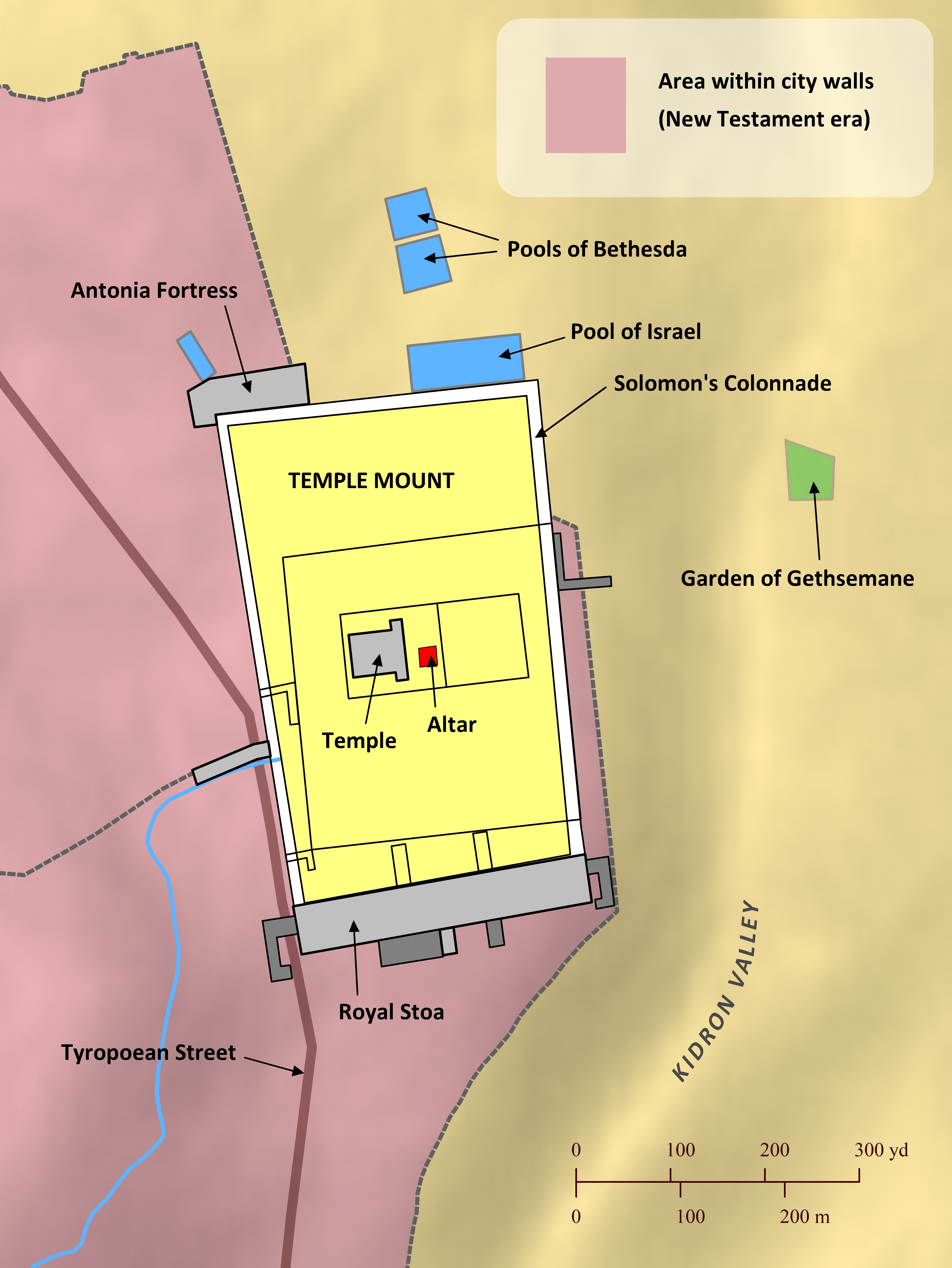Note: This view shows ‘verses’ which are not natural language units and hence sometimes only part of a sentence will be visible—click on any Bible version abbreviation down the left-hand side to see the verse in more of its context. Normally the OET discourages the reading of individual ‘verses’, but this view is only designed as a tool for doing comparisons of different translations—the older translations are further down the page (so you can read up from the bottom to trace the English translation history). The OET segments on this page are still very early looks into the unfinished texts of the Open English Translation of the Bible—please double-check these texts in advance before using in public.
OEB No OEB EZRA 2:67 verse available
WEBBE their camels, four hundred and thirty-five; their donkeys, six thousand and seven hundred and twenty.
WMBB (Same as above)
NET 435 camels, and 6,720 donkeys.
LSV their camels, four hundred thirty-five, donkeys, six thousand seven hundred and twenty.
FBV 435 camels, and 6,720 donkeys.
T4T 435 camels, and 6,720 donkeys.
LEB their camels numbered four hundred and thirty-five, their donkeys numbered six thousand seven hundred and twenty.
BBE Four hundred and thirty-five camels, six thousand, seven hundred and twenty asses.
Moff four hundred and thirty-five camels, and six thousand seven hundred and twenty asses.
JPS their camels, four hundred thirty and five; their asses, six thousand seven hundred and twenty.
ASV their camels, four hundred thirty and five; their asses, six thousand seven hundred and twenty.
DRA Their camels four hundred thirty-five, their asses six thousand seven hundred and twenty.
YLT their camels, four hundred thirty and five, asses, six thousand seven hundred and twenty.
Drby their camels four hundred and thirty-five; the asses six thousand seven hundred and twenty.
RV their camels, four hundred thirty and five; their asses, six thousand seven hundred and twenty.
SLT Their camels, four hundred thirty and five; the asses, six thousand seven hundred and twenty.
Wbstr Their camels, four hundred thirty and five; their asses, six thousand seven hundred and twenty.
KJB-1769 Their camels, four hundred thirty and five; their asses, six thousand seven hundred and twenty.
KJB-1611 Their camels, foure hundred, thirty and fiue: their asses, sixe thousand, seuen hundred and twentie.
(Modernised spelling is same as from KJB-1769 above, apart from punctuation)
Bshps And their Camels foure hundred thirtie and fiue: their Asses sixe thousand seuen hundred and twentie.
(And their Camels four hundred thirty and five: their Asses six thousand seven hundred and twenty.)
Gnva Their camels foure hundreth, and fiue and thirtie: their asses, sixe thousand, seuen hundreth and twentie.
(Their camels four hundredth, and five and thirtie: their asses, six thousand, seven hundredth and twenty. )
Cvdl foure hudreth and fyue and thirtye Camels, and sixe thousande, seuen hundreth and twentye Asses.
(four hundredth and five and thirty Camels, and six thousand, seven hundredth and twenty Asses.)
Wycl the camels of hem weren foure hundrid and fyue and thritti; the assis of hem weren sixe thousynde seuene hundrid and twenti.
(the camels of them were four hundred and five and thritti; the assis of them were six thousand seven hundred and twenti.)
Luth vierhundert und fünfunddreißig Kamele und sechstausend siebenhundert und zwanzig Esel.
(fourhundert and thirty-five Kamele and sixtausend seven_hundred and twenty Esel.)
ClVg cameli eorum, quadringenti triginta quinque, asini eorum, sex millia septingenti viginti.
(cameli their, quadringenti thirty five, asini their, six thousands seven-hundred twenty. )
RP-GNT No RP-GNT EZRA book available
